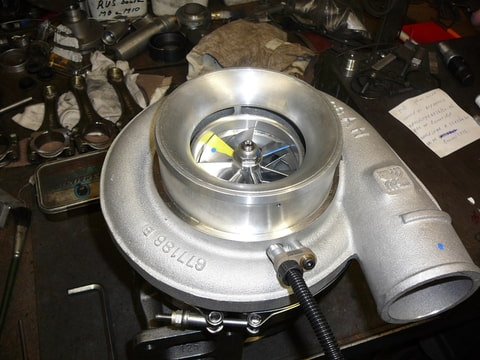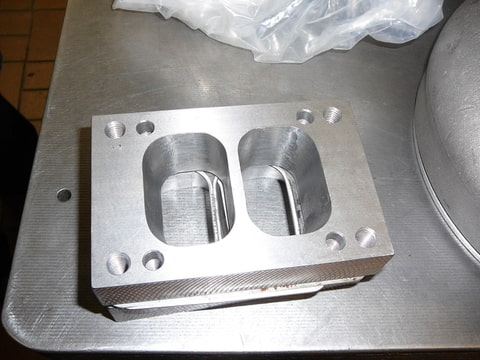We have done the dyno testing on the Toyota Hilux 1kd-ftv D4D 3L commonrail
Dyno result for now are
208Hp @ 3000Rpm and 200Hp @ 4000Rpm
532Nm Torque @ 2260Rpm
360Nm Torque @ 1500Rpm and 4000Rpm
The 3L commonrail got a lot more potential in it but we like to test the car first on limited power until we know that cooling capacity and drive train are up to the job handling the rugged desert conditions during the oncoming rally.
[ame="http://www.youtube.com/watch?v=_WT23ByUJA0"]Walk around the Toyota Hilux 1kd-ftv D4D 3L commonrail Proto Rally Car - YouTube[/ame]
[ame="http://www.youtube.com/watch?v=W9k2v_g55cQ&list=UU_jjKaFaf1oxSijxIhaMgIA&index=1"]Toyota Hilux 1kd-ftv D4D 3L commonrail running on Adaptronic DI ECU dyno testing - YouTube[/ame]
Dyno result for now are
208Hp @ 3000Rpm and 200Hp @ 4000Rpm
532Nm Torque @ 2260Rpm
360Nm Torque @ 1500Rpm and 4000Rpm
The 3L commonrail got a lot more potential in it but we like to test the car first on limited power until we know that cooling capacity and drive train are up to the job handling the rugged desert conditions during the oncoming rally.
[ame="http://www.youtube.com/watch?v=_WT23ByUJA0"]Walk around the Toyota Hilux 1kd-ftv D4D 3L commonrail Proto Rally Car - YouTube[/ame]
[ame="http://www.youtube.com/watch?v=W9k2v_g55cQ&list=UU_jjKaFaf1oxSijxIhaMgIA&index=1"]Toyota Hilux 1kd-ftv D4D 3L commonrail running on Adaptronic DI ECU dyno testing - YouTube[/ame]






